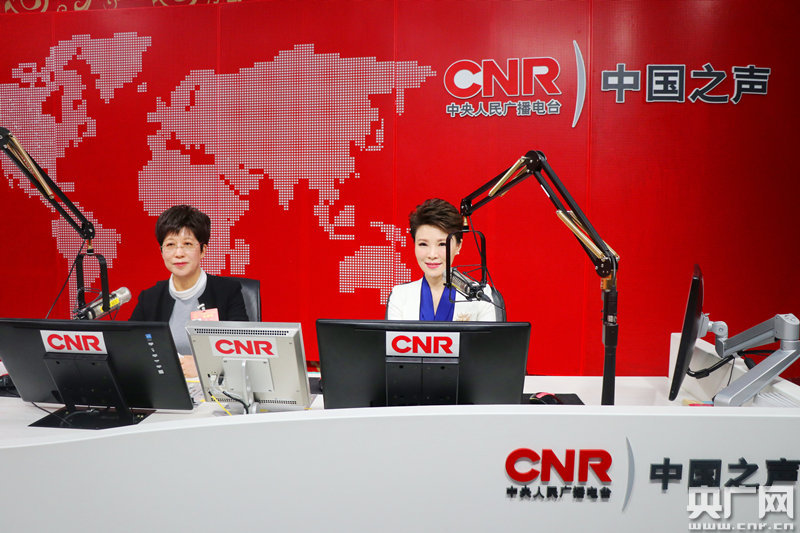Hefei mayor on economic development in Yangtze River Delta
The current integration in the Yangtze River Delta provides an important strategic opportunity for the development of Hefei, the city's Mayor Ling Yun said during the ongoing second session of the 13th National People's Congress.
By Li Jingrong

The current integration in the Yangtze River Delta provides an important strategic opportunity for the development of Hefei, capital city of Anhui province, said Mayor Ling Yun at the ongoing second session of the 13th National People's Congress (NPC).
Ling, an NPC deputy, made the remarks in an interview with the magazine Economic Monthly on March 5.
The city cluster of the Yangtze River Delta is an area involving 26 major cities, such as Shanghai, Hangzhou, Nanjing, Hefei, Suzhou, Wuxi and Ningbo.
Covering 1/26th of the country's land area and with one-sixth of its population, it accounts for a quarter of the country's GDP, a quarter of its fiscal revenue, one-third of its import and export volume and 58 percent of its foreign capital utilization. Currently, it is China's most dynamic, open, and innovative region with the largest migrant population.
"In his keynote speech at the opening ceremony of the First China International Import Expo on Nov. 5 last year, President Xi Jinping said China would support integrated development of the Yangtze River Delta region and make it a national strategy," Ling said.
In his government work report delivered at the opening meeting of the second session of the 13th NPC on March 5, Premier Li Keqiang also underlined the integrated development of the Yangtze River Delta region.
Mayor Ling believed that Hefei, together with its contiguous urban area, had obvious potential for future development.
On the one hand, the rapid high-speed railway construction and an ever closer inter-city transportation network would continue to integrate Hefei with other major cities in the delta region as well as the whole country so as to make it a much more important national hub of transportation with links to the international network, she said.
On the other hand, Hefei was providing powerful support for the development in the contiguous urban area and the wider Yangtze River Delta in many aspects, such as in public services, scientific and technological innovation and infrastructure construction, Ling said.
In the future, Hefei would develop more forms of cooperation with Shanghai, Ningbo, Hangzhou and other cities in education, medical and healthcare services, and cultural exchanges, enabling Hefei citizens to enjoy higher-quality lives, she added.
She suggested that the construction of Hefei's contiguous urban area be included in the overall plan for Yangtze River Delta integration, particularly upgrading the construction of Hefei Binhu Science City to a national-level project, with relevant departments providing both policy and service guarantees in this regard.
Speaking of the G60 High-Tech Corridor construction in delta region, Ling explained that Hefei joined the project in June 2018 and was working with Shanghai's Songjiang, Hangzhou, Jiaxing, Jinhua, Suzhou, Huzhou, Wuhu and Xuancheng to build a demonstration area of high-quality development.
She also pointed out some issues that needed to be addressed in the development of the Corridor, such as better catering to the needs of domestic and foreign market entities, building a more coordinated regional development mechanism, and further integrating innovation-driven industrial clusters.
To promote better development of the Corridor, the nine cities involved should also support the building of key cross-regional cooperation platforms and the free flow of innovation factors among other measures, Ling stressed.

